HIGHLIGHTS
– The Cayman Islands Dollar, British Pound, Jordanian Dinar, Omani Rial, Bahraini Dinar, and Kuwaiti Dinar are currently stronger than the US dollar
These currencies have different factors contributing to their strength, such as being a tax haven, oil production, and strong monetary policies
Despite this, the US dollar remains one of the most widely accepted currencies globally, being the world’s reserve currency and used for international transactions, trade settlements, and investments
The U.S. dollar has long been regarded as one of the most valuable currencies in the world. Its main rival in the global markets is the Euro. The dollar has earned its reputation as a reliable currency and is the lender of choice for many countries that wish to purchase dollar-denominated U.S. bonds. Despite this, there are some currencies that have consistently outperformed the U.S. dollar over time. In this article, we explore the six currencies that currently hold a higher value than the U.S. dollar and examine the factors that contribute to their relative strength.
Join our WhatsApp ChannelHere are 6 currencies stronger than the US dollar:
Cayman Islands Dollar: 1 KYD = 1.20 USD
The Cayman Islands Dollar (KYD) is currently valued at 1.20 USD. The value of the Cayman Islands currency is backed by the country’s status as a tax haven. In the 1970s, the Cayman Islands dollar was pegged to the U.S. dollar at 1.20. While being a tax haven may appear to be a straightforward way to increase the currency’s value above that of the dollar, maintaining a currency peg can be challenging, particularly when the local economy is struggling and U.S. interest rates are rising.
British Pound: 1 GBP = 1.24 USD
Over the past few decades, the policymakers of the Bank of England (BOE) have generally kept up with developments in other nations. As a result, they have managed to keep the pound worth more than the dollar. In the past, the British pound (GBP) was more valuable than the dollar, but it fell against the USD for the majority of the 20th century. In the 1980s, this decline stopped, and the British pound once again outperformed the U.S. dollar.
Jordanian Dinar: 1 JOD = 1.41 USD
The Jordanian Dinar (JOD), like the Cayman Islands Dollar, has been pegged to the U.S. dollar at a higher value. The hope was that a stable exchange rate would help Jordan attract U.S. investment. Any country can peg its currency to the dollar at any value, but to maintain the peg, the currency must maintain its value relative to the U.S. dollar. Jordan has accomplished this during the first two decades of the twenty-first century.
Omani Rial: 1 OMR = 2.60 USD
Oman is another country that has fixed its currency’s exchange rate with the U.S. dollar at 1 OMR = 2.60 USD. Due to Oman’s oil production and its historically tight monetary policy and financial restrictions, the Omani rial (OMR) has maintained its value against the dollar. Omani policymakers have generally restricted the country’s money supply to protect it from war and conflict in the Middle East, which has had an effect on the country’s inflation rate. Additionally, lending practices in Oman tend to favor risk-averse businesses and ventures.
READ ALSO: Binance Coin, 3 Other Cheap Cryptocurrencies To Help Grow Your Wealth In 2023
Bahraini Dinar: 1 BHD = 2.65 USD
The Bahraini dinar (BHD) was pegged to the U.S. dollar and was slightly more valuable than the Omani rial. Despite the significant impact that low oil prices had on Bahrain’s economy, the yearly average of the Bahraini dinar has remained close to its current exchange rate since 2011. Bahrain’s inflation rate was also moderate and stable.
Kuwaiti Dinar: 1 KWD = 3.26 USD
The Kuwaiti dinar, boasting a current exchange rate of 1 KWD to 3.26 USD, stands as a formidable foreign currency, noted for its consistently high valuation and notable detachment from currency pegging mechanisms. Indeed, the considerable prosperity that Kuwait enjoys stems largely from its extensive oil production activities, which have contributed significantly to the formidable value of the Kuwaiti dinar.
Through the astute management of its abundant oil resources, Kuwait has been able to amass a sizable sovereign wealth fund over the years, expertly managed by the Kuwait Investment Authority. This well-administered fund has played a pivotal role in bolstering Kuwait’s continued prosperity, providing the country with the financial wherewithal necessary to undertake significant development projects and strategic investments.
Despite the strength of these currencies, the US dollar remains one of the most widely accepted currencies globally. As the world’s reserve currency, the US dollar is used for international transactions, trade settlements, and investments, giving it a unique position in the global economy. The US government and the Federal Reserve also play a significant role in maintaining the stability of the US dollar, which provides additional confidence to investors and businesses that rely on the currency.
In conclusion, while the US dollar is considered a reliable and valuable currency, there are several other currencies that have outperformed it in recent years, including the Cayman Islands Dollar, British Pound, Jordanian Dinar, Omani Rial, Bahraini Dinar, and Kuwaiti Dinar. The reasons for their strength vary, from tax havens to oil production and strong monetary policies. Nonetheless, the US dollar’s position as the world’s reserve currency and its role in international transactions and investments give it an unparalleled status in the global economy.


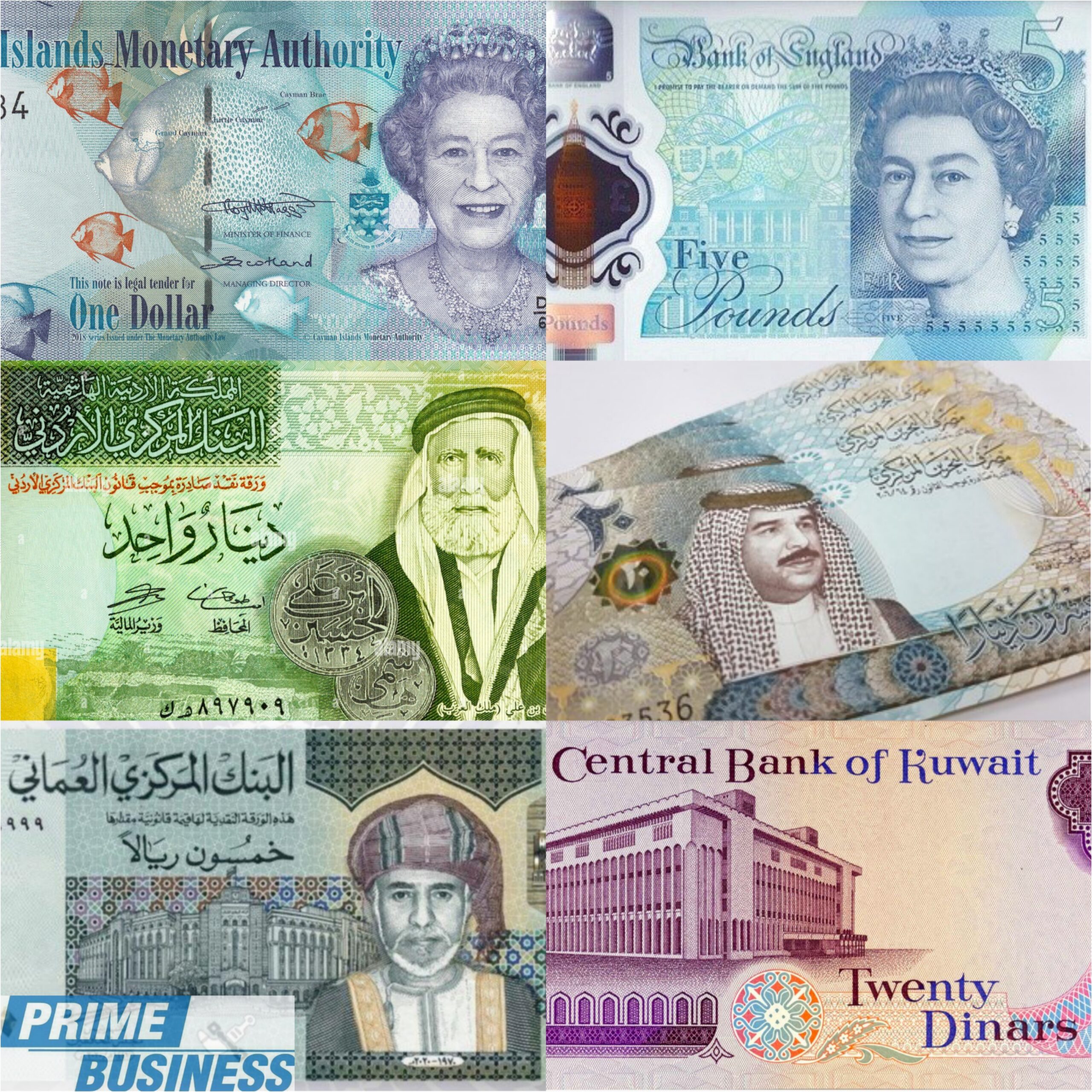



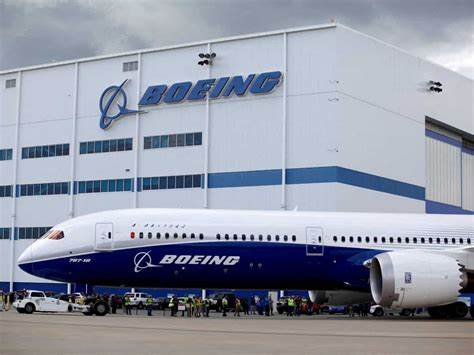


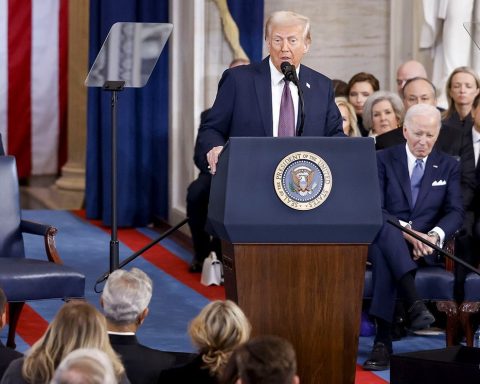
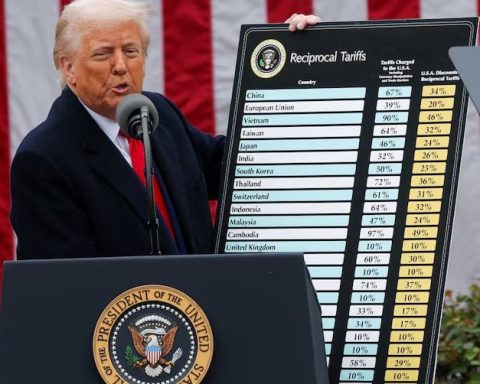



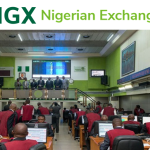



Follow Us